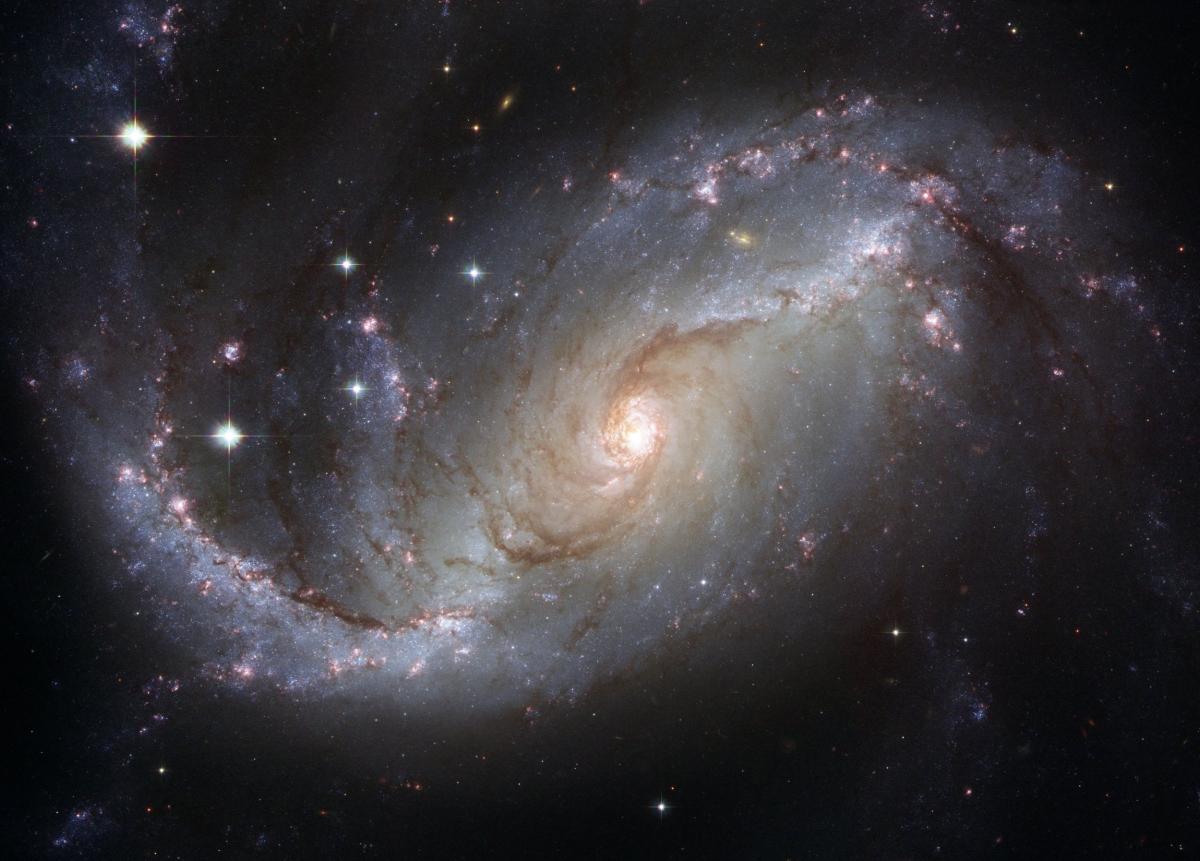
Modeling Eclipses
by [node:author:field_name_first] [node:author:field_name_last]
In this lesson, students will observe the geometry of lunar and solar eclipses by creating a physical, proportional model of the Earth and Moon system and observing shadows.
Lesson Plan Link/URL
https://docs.google.com/presentation/d/1rI-2yU-cG00H6oWvjJ8Nxxsd2CsduqnB/edit?u…Subject Area
Science Earth and Space Science E2: Earth & the Universe Engineering S4: Apply Science to Engineering Mathematics Measurement and Data (MD) Geometry (G) Ratio and Proportion (RP)
Featured
Off
Related Content

Grades:
Kindergarten, 1st Grade, 2nd Grade, 3rd Grade, 4th Grade, 5th Grade, 6th Grade, 7th Grade, 8th Grade
Most students are likely familiar with popular films like Happy Feet, Surf’s Up, Penguins of Madagascar, and classic books like Mr. Popper's Penguins. Capitalizing on this familiarity with penguins

Grades:
7th Grade, 8th Grade, 9th Grade, 10th Grade, 11th Grade, 12th Grade
Dive into the physics and engineering and programming of holonomic drives! Learn to code and control movement for your FTC robot with hands-on activities and real-world applications.

Grades:
6th Grade
Students will work together to create a scale to build the solar system using ratios and proportions.